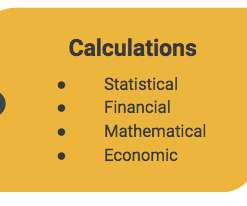What is Model Risk and Why Does it Matter?
DataRobot Blog
APRIL 29, 2022
With the big data revolution of recent years, predictive models are being rapidly integrated into more and more business processes. When business decisions are made based on bad models, the consequences can be severe. As machine learning advances globally, we can only expect the focus on model risk to continue to increase.
















Let's personalize your content